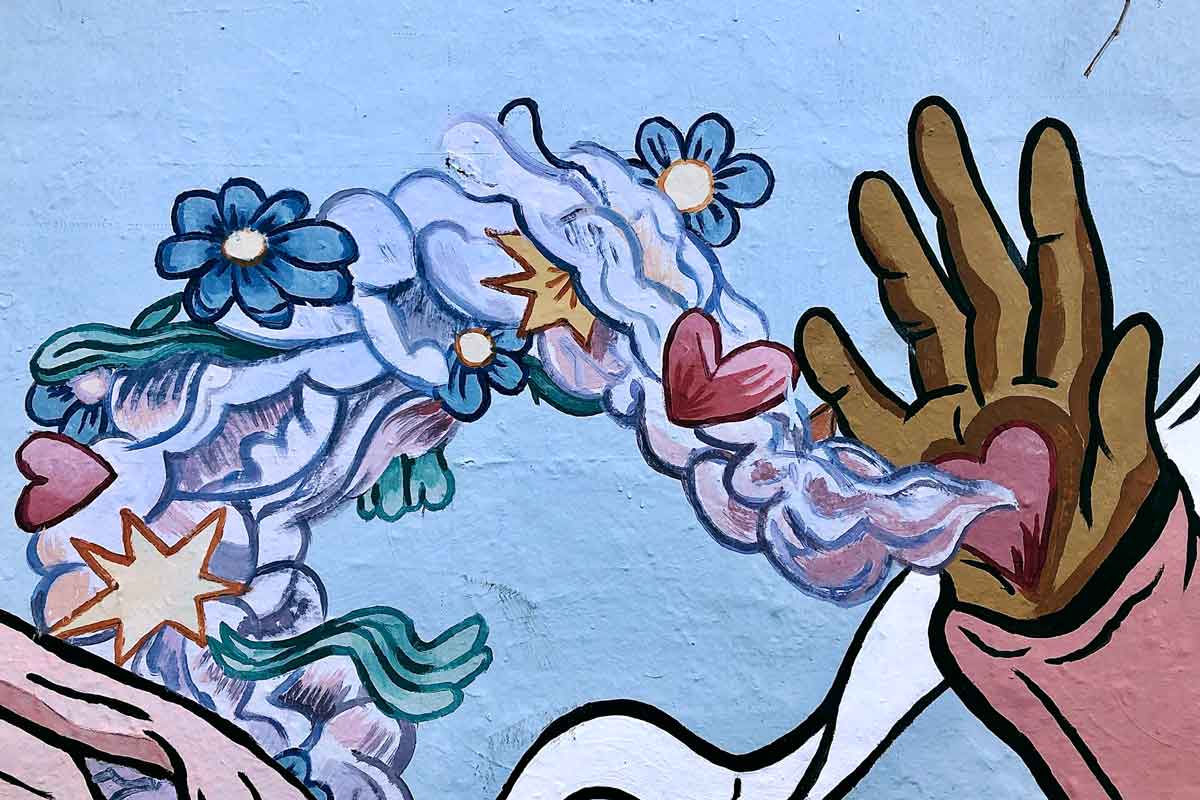Vulnerability is often seen as a sensitive topic. But what if nonprofit and for-profit organizations embraced it in their communications? In this article, we'll explore the power of vulnerability and how you can harness it for your storytelling efforts.
Table of Contents
What Is Vulnerability?
Vulnerability allows people to see you deeply, starting with sharing a significant emotional experience. Moving forward, we will use this as our definition of vulnerability.
Webster's dictionary defines vulnerability as being susceptible to wounds or external injuries, but this definition only partially captures the complexity of human relationships.
We prefer Brené Brown's description: "allowing people to see you deeply." In her TED Talk, Brené said, "For connection to happen, we need to allow ourselves to be seen, deeply seen." This broader definition includes the risks and necessary steps to be vulnerable.
Exposing oneself to potential negative outcomes aligns with our storytelling viewpoint, learned from Annette Simmons, who says storytelling shares a significant emotional experience (S.E.E.). This framework opens the door to connection.
What is the Power and Benefits of Vulnerability in Storytelling?
Vulnerability matters because it fosters connection, which is fundamental to being human. Psychologist Matthew Lieberman’s studies show that social connection is as vital as food and shelter. Additionally, the Bible says, "It is not good for humankind to be alone" (Genesis 2:18).
Connection is essential for humans and is also vital for organizations. Storytelling infused with vulnerability can build deep relationships with your audience.
Vulnerability and Donor Connection
Without connection, why would donors donate or customers choose your services? Vulnerability allows people to see us deeply, creating an opportunity to build meaningful connections with your supporters.
Applying Vulnerability in Your Storytelling

Embracing vulnerability as a communication method is the starting point. Here are some common concerns your leadership might have:
- Relevance: They may not see vulnerability as relevant to your mission or business goals.
- Measurability: They may not know how to measure the impact of vulnerability.
How to Address Concerns
- Refine narratives using audience feedback and engagement metrics.
- Consider outsourcing to storytelling experts to bridge expertise gaps.
- While measuring vulnerability directly might be challenging, track engagement metrics (shares, comments) after incorporating vulnerable storytelling to see the impact.
Check out our article, The 3 Biggest Concerns of Storytelling, for specific tips on overcoming these concerns.
Finding Your Stories
Once you embrace vulnerability, seek stories internally and externally. These stories should build connection and trust with communities. Revealing vulnerabilities creates trust and fosters vulnerability in return. It's a two-way street.
Examples of Vulnerable Storytelling
Reducing Medical Waste, Environmental Initiative Award Recipient
At BairStories, we helped shape narratives that lacked human qualities so they resonate. For instance, we told the story of reducing medical Styrofoam waste by leading with Geoffrey’s vulnerability about his annoyance and guilt over plastic use.
Brooklyn, A Short Film of Loss and Gun Violence
This film tells the story of parents Darchel and Jacob Mohler, who lost their daughter to gun violence. Their story invites you into their world, opening the door to empathy.
Reflective Action Points
- Assess Current Practices: Evaluate if your organization already embraces vulnerability in storytelling. Identify barriers preventing its use.
- Engage Leadership: Address false beliefs about vulnerability. Highlight the relevance and measurability of vulnerable storytelling to your mission or business goals.
Conclusion on the Power of Vulnerability in Storytelling
Vulnerability in relationships, including donor relationships, is essential. Nonprofits asking for support need to build trust. The more your nonprofit practices vulnerability, even owning its mistakes, the richer the relationships with your supporters will be. Sharing vulnerable stories about your values and impact offers more opportunities for deeper connections with your community.
Are you struggling to connect with your audience? Download our emotive storytelling guide to transform your storytelling.
Related Articles
OpenAI’s ChatGPT and Grammarly were used for revisions and feedback. Check out our AI Ethical Use Statement.
